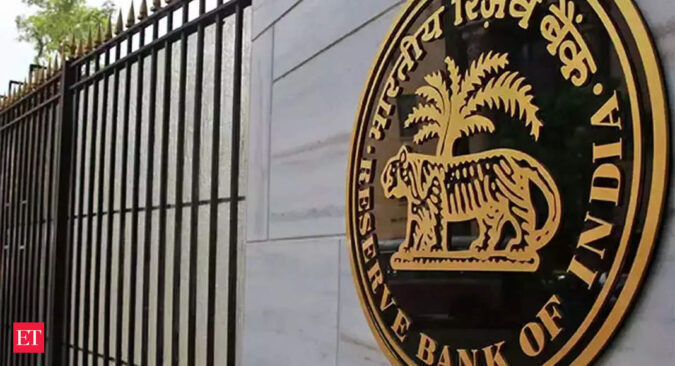Driven largely by base effect, headline retail CPI inflation is expected to drop further with the JUne quarter inflation below 5 percent. The Reserve Bank in its April policy statement projected CPI inflation at 5.2 per cent for 2023-24, with April-June Q1 at 5.1 per cent.
After six consecutive rate hikes, the Reserve Bank in its April policy statement had announced a pause in its benchmark policy repo rate at 6.5 percent largely on account of easing retail inflation. April inflation ended at an 18 month low of 4.7 percent.
But as the RBI‘s monetary policy committee (MPC) prepares itself for its next review in three weeks’ time, more challenges have emerged. The US Fed raised rates even as it was expected to pause amidst a financial stability risk and high inflation in the US along with the ECB and the Australian central bank since the MPCs last meeting. The MPC this time will also have to deal with upside risks to inflation due to possible poor monsoon and impact of global climatic patterns.
“A heat wave in March and April and potential El Nino during summer monsoon carries the risk of increasing food prices with a lag, which will continue to be a threat to the inflation trajectory, in our view” said Deutsche Bank Research. ” A potential poor monsoon could pose a threat to the inflation trajectory in the future”
While the RBI is expected to continue to pause its rates in its June meeting, the jury is still out on the timing of the terminal rate. ” We continue to maintain our base case view that MPC will prefer to go for a prolonged pause in the June policy review before cutting repo rate by 50bps in second half of FY’ 24 particularly if the Fed pivots ” said Tanvee Gupta Jain, India economist at UBS. ” Risks to our view would include “higher for-longer” Fed Funds rates, in addition to inflation risks from a potential El Niño phenomenon. The India Meteorological Department (IMD) said that El Nino may impact the second half of the monsoon in July”.
Domestic considerations besides tentative calm in the global markets, helped by a US rate cycle likely slipping into an extended pause, lowers the likelihood that the RBI policy committee will return to hikes in this cycle Radhika Rao, senior economist and executive director, DBS Bank.” Benchmark rates are likely to be held unchanged In June. IIP output growth slowed to a five month low, weighed by broader deceleration amongst the sub-segments. Besides a softer IIP release, high frequency data for April are largely supportive, backed by gains in PMI indices, GST collections, power demand, amongst others, which will keep policymakers from pivoting to an easing cycle in a hurry” Rao added.
